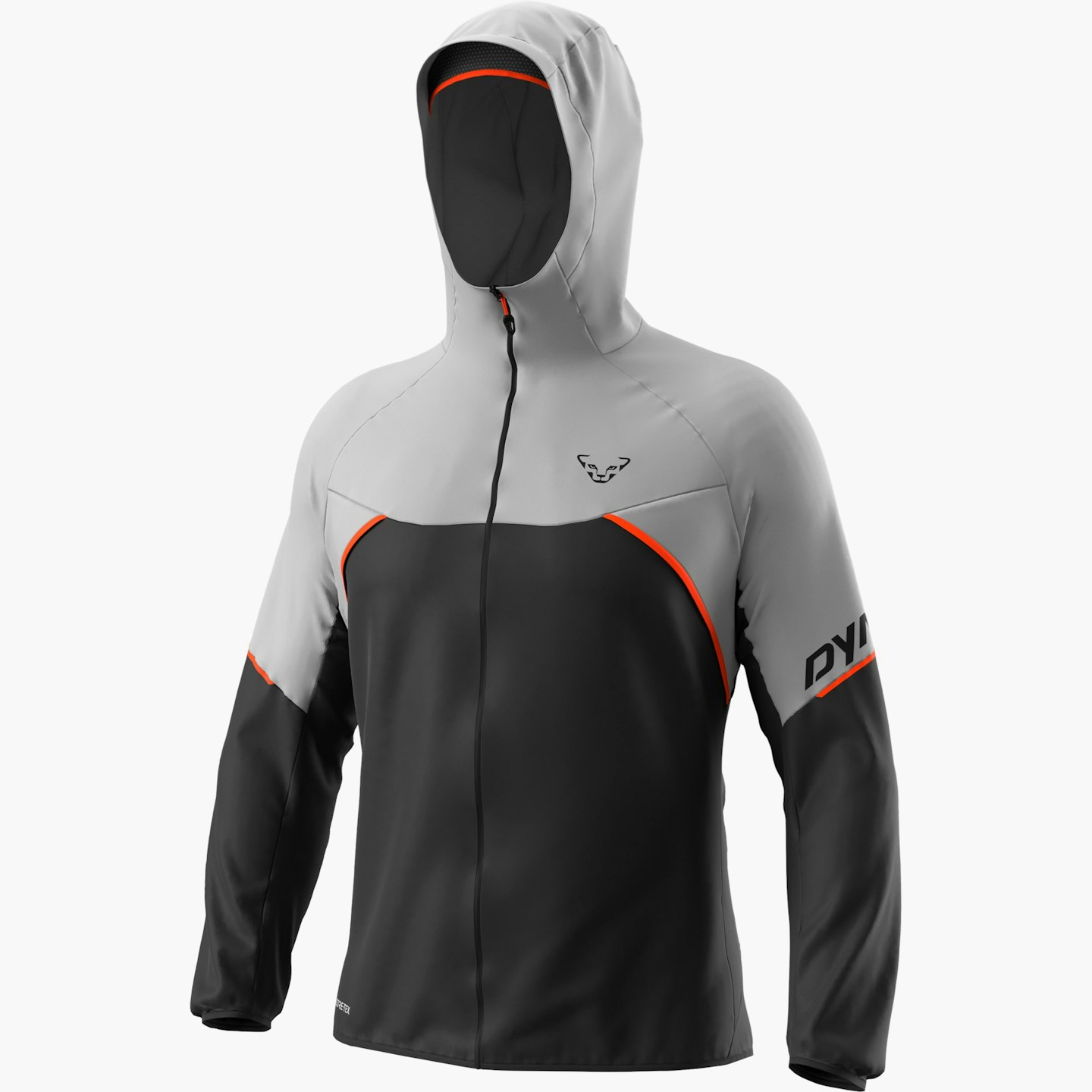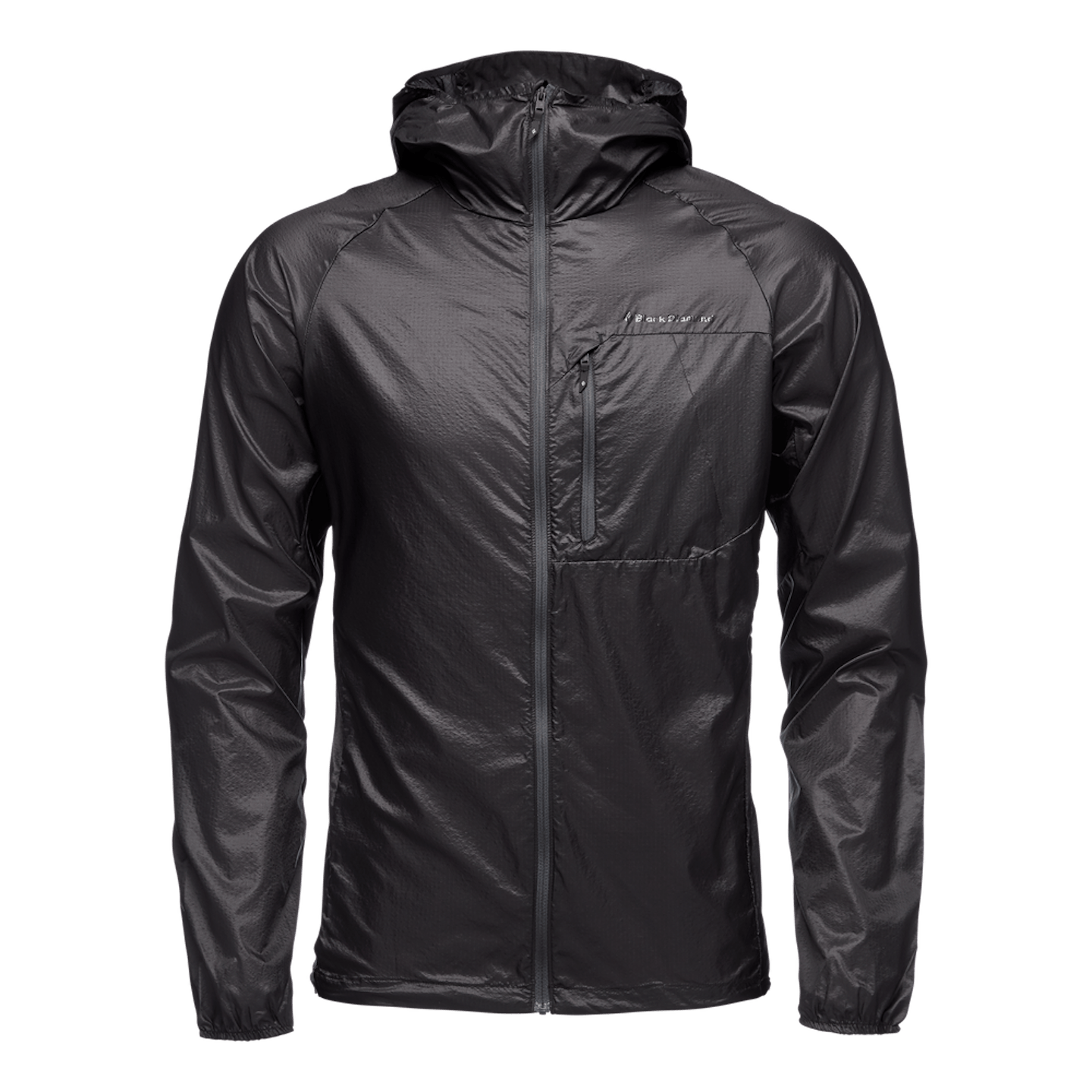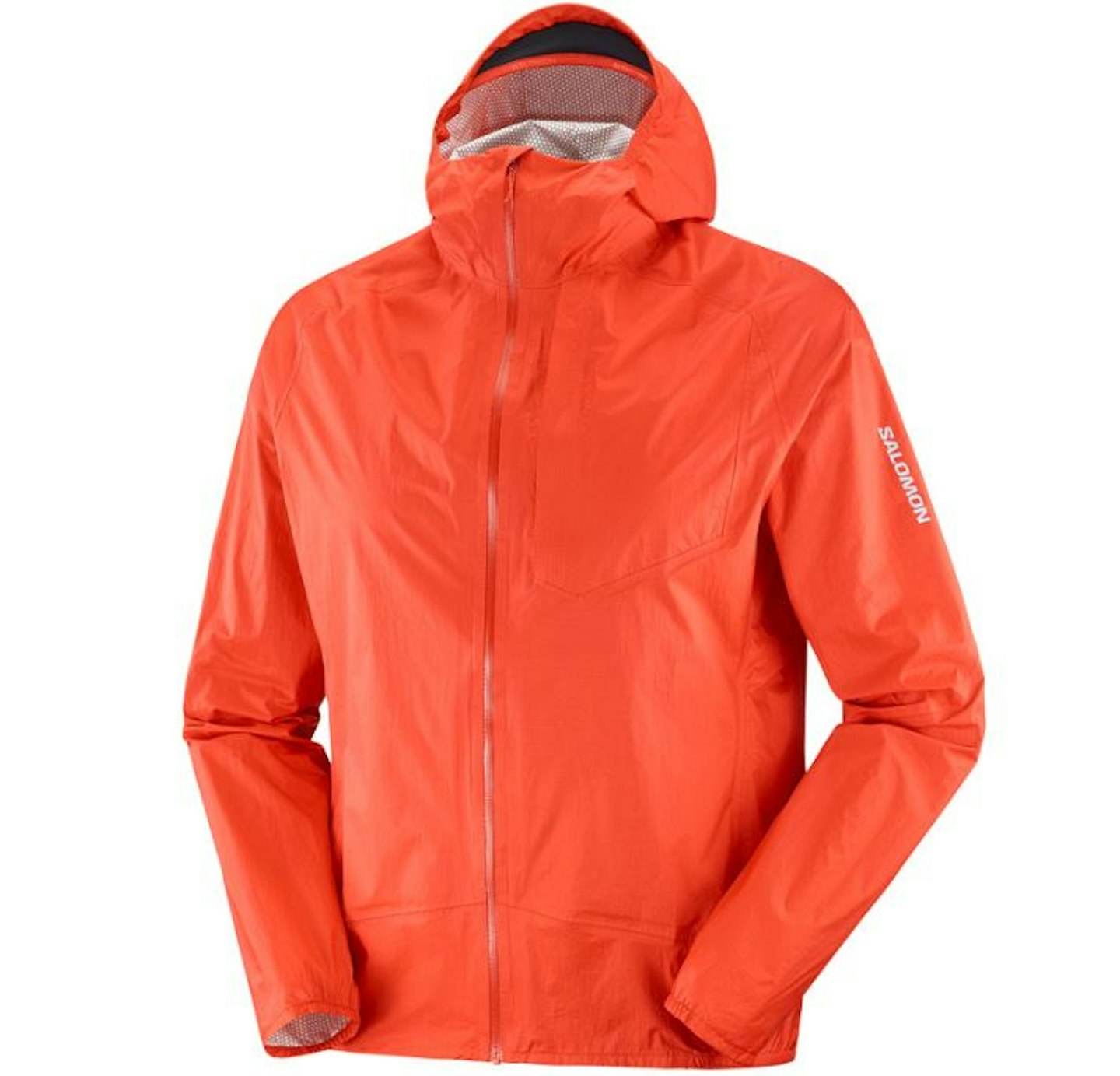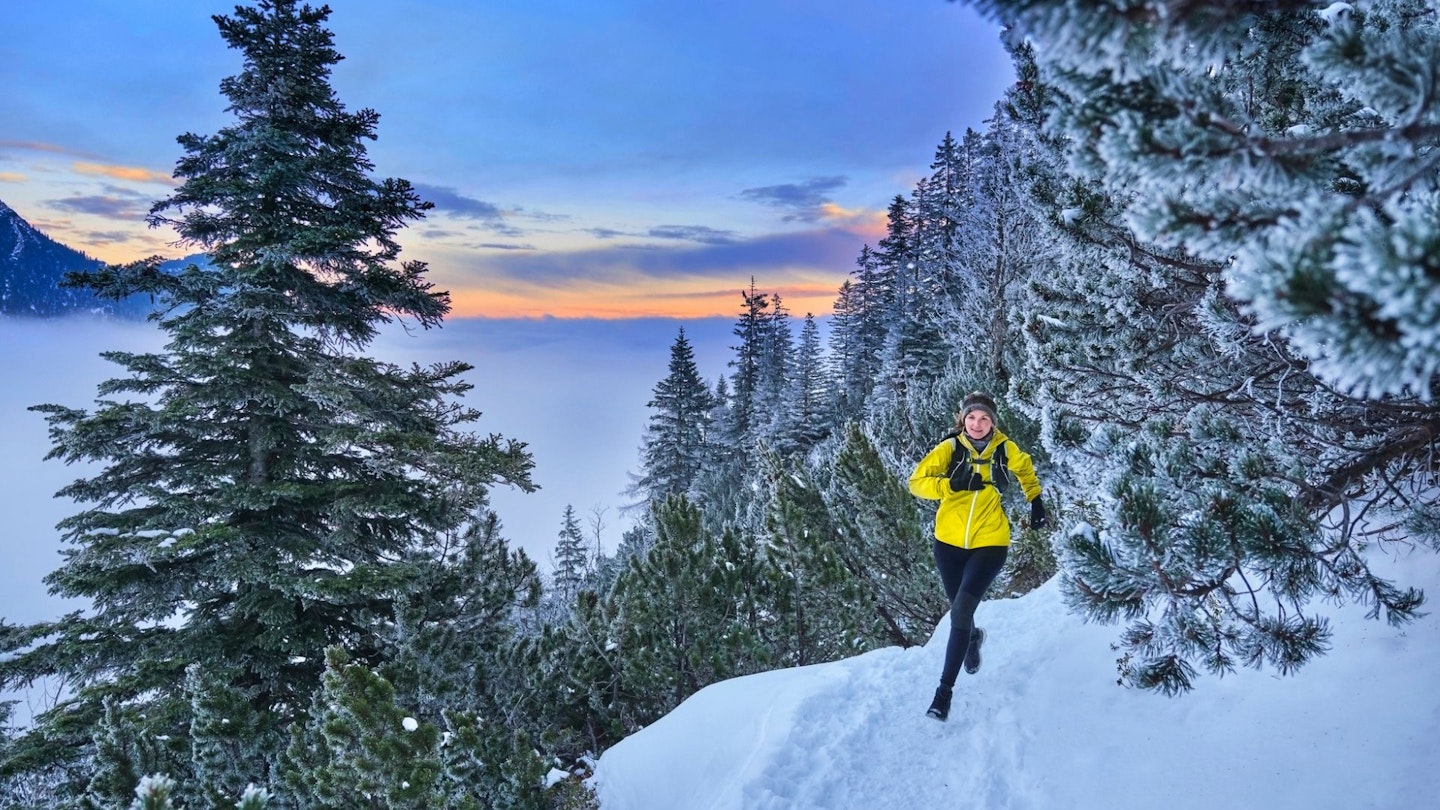We look for a variety of factors in a winter jacket. Waterproofing is of course important, but it doesn’t rain every day, so we also look for warmth, breathability, ventilation, visibility and all-important storage.
Above all, jackets in this category must be able to handle miserable conditions, which to be fair they all can do to an amazing degree.
Manufacturers really have got to grips in this department and have constructed some pretty amazing pieces of clothing that will cope with conditions you hopefully will never have to face. Best be prepared though!
What to look for in performance winter jacket
Budget: Naturally, budget has a lot to do with our choices and that is fine. With some research and expert advice, there's a good chance a suitable jacket is available in your price range. However, don't be fully constrained by budget because ultimately, you want a jacket that will serve the purpose you intend for it.
Breathability: Waterproof jackets can feel clammy and sweat-inducing, so breathable fabrics are designed to keep the rain out but simultaneously allow sweat to escape. Aim for a 20,000g/m²/24hr breathability rating – a measure of how quickly moisture is wicked away from the body and released through the fabric.
Construction: Jackets are generally categorised as 2, 2.5 or 3-layer, depending on how the waterproof layer is attached to other layers. Three-layer jackets are the most durable, with the waterproof layer sandwiched between a face fabric and inner scrim. Check the fabric’s denier for an indication of its durability too.
Cuffs: Adjustable cuffs sealed with Velcro or sometimes toggles or clips are important because they enable a tight, fine-tuned fit around the wrist to prevent rain ingress. Elasticised, non-adjustable cuffs are less ideal. If it’s not raining, cuffs can be opened wide to aid ventilation.
Hood: A good hood should fit snugly and comfortably, but also move easily with the head for premium visibility. Volume adjustment enables a fine-tuned fit and ideally, you want a stiffened brim and wired peak to keep the rain off your face.
Movement: Ideally you want a jacket that moves and flexes with you, providing unhindered freedom of movement for running. And you don’t want it to ride upwards at the waist, slide around at the arms or hinder your flexibility in any way.
Pockets: Big pockets are great for storing OS maps, gloves, gels and whatever else you intend to put in them. Mesh-lined pockets aid overall ventilation, but sealed pockets are more waterproof. It’s worth checking the pockets aren’t obscured by your rucksack waistbelt too.
Ventilation: It’s easy to over-heat wearing a waterproof hard shell, so good ventilation is key. A two-way front zip can be opened from the bottom for improved airflow, while some jackets have underarm zips (also known as pit zips) that allow heat and sweat to escape.
Waterproofing: For an indication of how waterproof a jacket really is, check its hydrostatic head (HH) rating – the technical measurement of waterproofing. Premium-end gear has a 20,000mm HH or higher, which means a 20m column of water can stand on the fabric before water penetrates it. The minimum you would want for a winter jacket is 10,000mm HH.
Zips: Zips can be a point of weakness liable to water ingress. For maximum waterproofing, choose a jacket with a water-resistant zip protected by a sturdy storm flap, either behind or in front of the zip, or both. A zip garage – a little waterproof flap to house the closed zip – also helps keep water out.
The best winter jackets for trail running
Trail Running Best in Test

www.cimalp.co.uk
Description
Rich in mountain heritage, CimAlp knows how to make a breathable, warm jacket that allows you to move with ease. This, light, and very stretchy number features CimAlp's CIMAFLEX Power fabric on the outside, bonded with fleece to stay warm and comfy.
Compact, it also works really well in the depths of winter with another jacket as a second layer. But, thanks to the Kevlar reinforcements on the shoulders and the elbows, to the hood and to the thumb passes, it also offers excellent protection for use on its own. Indeed, it would have to be pretty bad weather for you to consider it as simply a layer.
So that’s the tech jargon, but what’s it all about? At 480g, it’s a comfortable layer-type piece of clothing that’s at home in some pretty nasty conditions. If you’re competing in a monsoon, well no this won’t do it, but for every other trail running weather day, welcome to your new partner!
It has decent wind protection (up to 20km/h) and it has great sun protection (50 UPF), but where it really comes into play is at pace, on the move. We’d race in this all winter.
Pros
- Promotes high speed movement in the winter. It’s really warm, but loves performance
Cons
- Probably not waterproof enough for our really bad weather

www.alpinetrek.co.uk
Description
Designed for all-weather trail running, the Alpine GTX Jacket features Dynafit’s unique ZipOver Backpack system to keep everything dry. When it starts to throw it down, just unzip the back for more volume; hidden under a long zip, the gusset expands the jacket to fit over your running vest.
The jacket uses Gore-Tex Paclite fabric for lightweight breathable performance; just 225g (size L). Underarm ventilation adds extra air circulation. The Alpine GTX Jacket packs down small into its own hood. Men’s and women’s versions are available.
Pros
- Great price for what is on offer here
Cons
- If you’re looking for complete protection, there are other options

www.blackdiamondequipment.com
Description
They don’t do bulky at Black Diamond. This super-technical jacket weighs in at just 98g in the men’s version. It’s as you’d expect, providing weather resistance and breathability with an ultralight design.
Launching in partnership with Gree Theme International, the Distance Wind Shell features GTI’s revolutionary Breathable Water Protection Technology, an environmentally friendly PFC-free water-repellent finish that is superior in performance compared to any other C-6, C-8, or C-0 DWR.
Very hard wearing, the GTI technology is permanently fused to the individual fabric fibres, and there is no need to ever refresh the jacket with a spray or wash-in finish. And, of course, it’s ultra-packable.
Pros
- Flexible, responsive
Cons
- Too light for miserable February nights

www.sportsshoes.com
Description
Weighing in at around 130g, the Bonatti Waterproof is a great mid-point between the lightweight Black Diamond jacket and heavier options above. It has sound waterproofing, similar if not slightly better than that of everyday rain jackets. But the flip side is that it's breathability could be better.
Available in men's and women's sizes, the fit is quite slim. There are reflective decals so you can be seen. It's also quite tough thanks to ripstop fabric.
Pros
- Good weather protection, men's and women's fit
Cons
- Other jackets have better breathability
